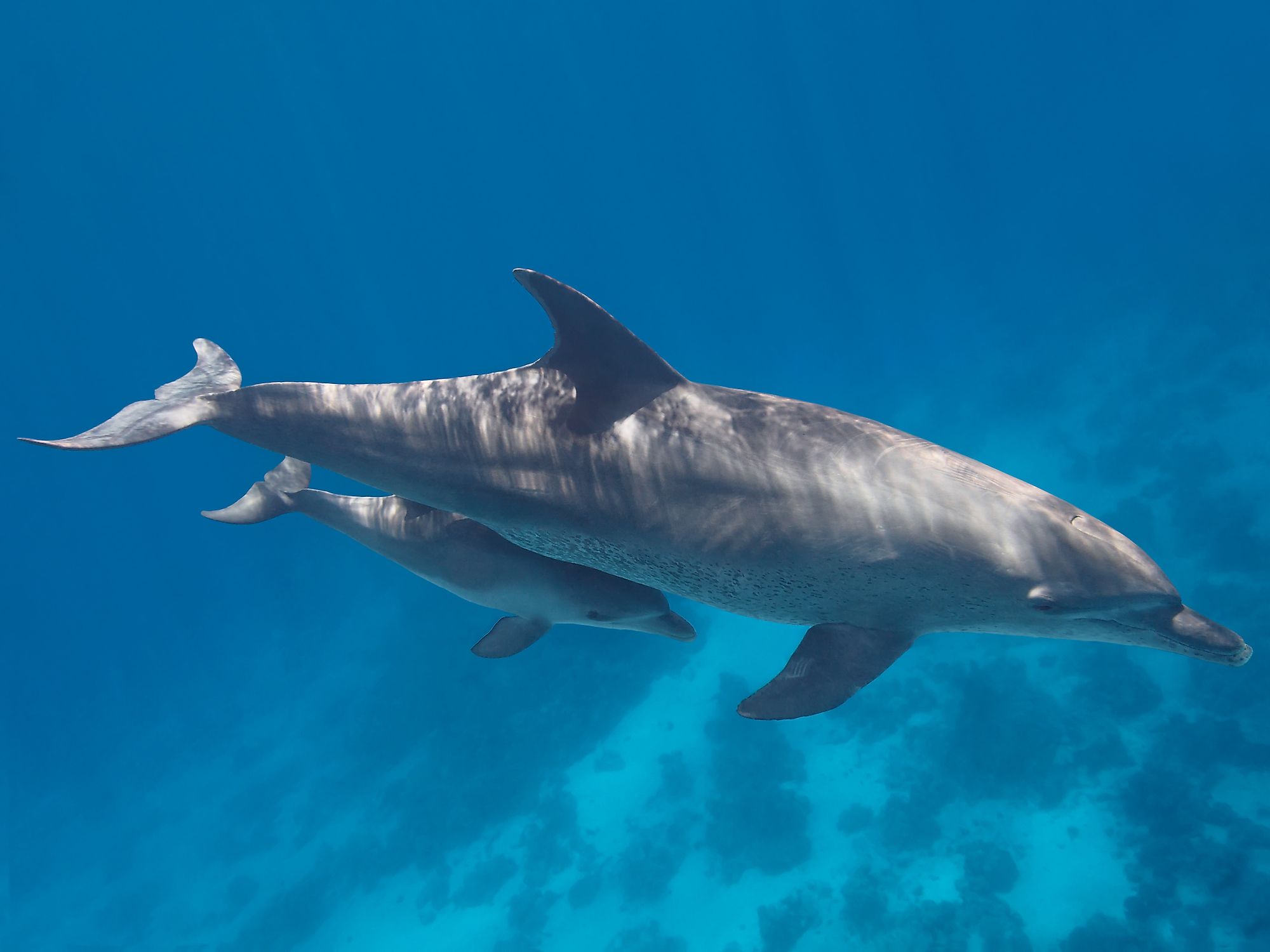

Peak calving for dolphins in Florida's Indian River Lagoon occurs in April and August.

Atlantic coast, the prolonged calving season shows a spring peak.
/https://contest-public-media.si-cdn.com/1035f235-42c2-4b54-b50c-e417f94db622.jpg)
Orcas are the only dolphins which live in the Arctic and Antarctic. Some dolphin species prefer to live in coastal areas, others like shallow water but prefer to live away from the coast close to patches of shallower water which are located further out to sea. Two species have whale and dolphin in their name the northern right whale dolphin and the southern right whale dolphin – no wonder both the public and scientists get confused! Where do dolphins live?ĭolphins live in the world’s seas and oceans and in some rivers too. Names and nick names can certainly be confusing there are eight dolphin names that feature the word ‘whale’, including pilo t whales, killer whales, false killer whales and melon-headed whales.

However, classification is not an exact science and as more information and discoveries come to light, deliberations will continue and some dolphin species are likely to be further split into more than one species and/or subspecies. Fewer than 10 vaquitas (a species of porpoise) survive.Ĭurrently there are 49 dolphin and porpoise species which are grouped into six families: the oceanic dolphin family is by far the largest with 38 members the porpoise family has seven members and there are four river dolphin families, each containing just one species. There are less than 50 individuals remaining. Maui's dolphin is the most endangered dolphin.Lifespan varies from around 20 years in the smaller dolphin species to 80 years or more for larger dolphins such as orcas.Dolphins have an array of vocalisations such as clicks, whistles and squeals which they use for their well-developed communication and echolocation skills.The four river dolphin species inhabit the large waterways of Asia and South America.Hector's dolphin and Franciscana are two of the smallest. The orca (killer whale) is the largest dolphin.A Risso's dolphin has 14 while a spinner dolphin can have 240. All dolphins have conical-shaped teeth.They do not chew their food but may break it into smaller pieces before swallowing. Dolphins eat fish, squid and crustaceans.The sons and daughters of resident orcas stay with their maternal family for life. A dolphin pregnancy last between nine and 16 months.They must surface to breathe air and give birth to live young. There are currently 42 species of dolphins and seven species of porpoises.


 0 kommentar(er)
0 kommentar(er)
